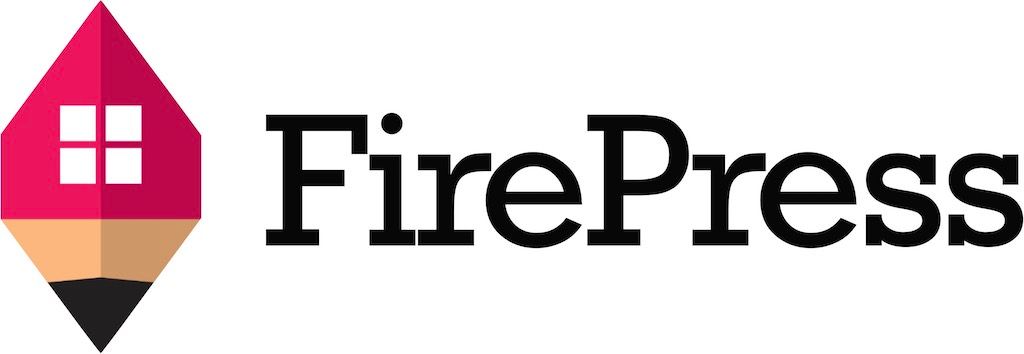Migrating from WordPress to Ghost V5
Introduction
Considering a website revamp? Transitioning from WordPress to Ghost might be your perfect solution! Ghost rivals WordPress with its ease of use and emphasis on content presentation. It's daunting making the switch, but let us help you navigate this with a seamless step-by-step guide. From understanding what elements can be migrated to installing the required plugins, we'll help you every step of the way. Embrace the change; the Ghost community awaits you!
Before the Migration: Ghost handles most WordPress features splendidly; making sure that posts, pages, tags, authors, and images move without hassle. While custom fields and shortcodes may not migrate, Ghost boasts inbuilt features eliminating the need for extra plugins or clutter.
Step 1: Plugin Installation
The first stop on this journey is installing the Ghost Export Plugin https://wordpress.org/plugins/ghost/. Sign in to your WordPress dashboard and navigate to 'Plugins' on the sidebar menu. Hit 'Add New' and search for 'Ghost Export' in the search bar to find our plugin provided by Ghost Foundation. Follow the prompts to install and activate the plugin.
Step 2: Preparing WordPress Content for Import
Once activated, go to 'Tools' and then 'Export to Ghost' on the sidebar. This will present a guide to prepare your content for Ghost.
Within WordPress, your content is classified into categories and tags. But Ghost utilizes a more simplified organizing technique, it only uses tags. To make this change, use the Taxonomy Converter plugin in WordPress, to effectively change all your categories into tags.
Caution! This action will permanently change your content structure on WordPress. If unsure, create a backup of your content using 'Export' under 'Tools'.
Step 3: Exporting Content from WordPress
With your content now prepared, return to 'Export to Ghost' in 'Tools'. Click 'Download Ghost File' to download a zip file containing your content.
If faced with troubles in exporting due to huge data content or processing time, click '.json' beneath the download button. This action will generate a single file containing all your posts, pages, and tags, skipping the image downloading step.
Step 4: Importing to Ghost
You're almost there! Sign into your Ghost admin panel. Under 'Labs' view, click 'Choose file' within 'Import content'. Select your downloaded zip file and hit 'Import'. And just like that, your content from WordPress is now available on your Ghost site.
This step-by-step guide is aimed to provide a seamless transition to Ghost while preserving the essence of your WordPress content. Keep your zip file (or .json file) ready. All it takes is a few clicks and voila; your Ghost blog is ready.
Take a minute to breathe and pat yourself on the back. You’ve navigated through a significant segment of your transition journey.
Post Migration Actions
Congrats on successfully migrating your content from WordPress to Ghost. But there are a few housekeeping actions to ensure your transition is seamless.
Tweaking Content and Settings
Start by verifying the successful migration of your posts, pages, images, and tags. Don't forget to check if the authors are aligned with their content. If you notice any issues, ensure to weed them out at this stage before moving further.
Ghost flags any duplicate or malformed content during importing, so keep an eye out for any anomalies. If Ghost does flag something, carefully review those flagged portions.
Reset Passwords
Authors from WordPress get migrated to Ghost without their passwords. Authors need to reset their passwords and can do so by logging into Ghost and following the prompts. Secure passwords are vital in sustaining your website's safety.
Images and JSON Data
If your website includes a high number of images, you might find it more useful to upload multiple, smaller zip files, each containing around 100MB of images, one zip file at a time.
Upon migration, the JSON data file from WordPress may require some modifications to align with Ghost's formatting. This change mainly applies if your exported data still contains the former WordPress domain. If your Ghost site is using a different domain, open the JSON file and modify the URL structure using find and replace to replace the old domain with the new one.
Changing Domains
Switching domains could be a pivotal part of your migration process. So, if you've elected to hang your hat at a new domain post-migration, ensure your URLs match your new home.
If you've chosen to change your domain post-migration, update your URL accordingly in the JSON file to match your new home. You're familiar with this process by now—unzip the export file, open the JSON file in a code editor, and use find and replace to substitute the old domain with your new domain. Following this, zip the export once more to secure your changes.
Wrapping Up
An admirable round of applause for you – you've successfully transitioned from WordPress to Ghost. Now, skim through your content, revisit your tags and authors, and ensure everything looks fantastic on your Ghost site.
